The United States and its European allies are importing large amounts of nuclear fuel from Russia, bringing Moscow hundreds of millions of dollars in revenue as it conducts a military campaign in Ukraine.
The sales — legal and unsanctioned — have alarmed nonproliferation experts and Western officials, who say they are helping fund Moscow’s nuclear arsenal and complicating efforts to limit Russia’s ability to continue hostilities.
Ukrainian officials have pleaded with world leaders to sanction Russia’s nuclear industry and state atomic energy corporation Rosatom, cutting off one of Moscow’s last major sources of funding. Ukrainian President Volodymyr Zelensky has again urged Western leaders to target Rosatom after Russian forces seized control of the Zaporizhzhia nuclear power plant.
Rosatom operates the partially decommissioned plant, and the International Atomic Energy Agency (IAEA) has repeatedly warned that a radiation leak at the plant could be a catastrophic disaster.
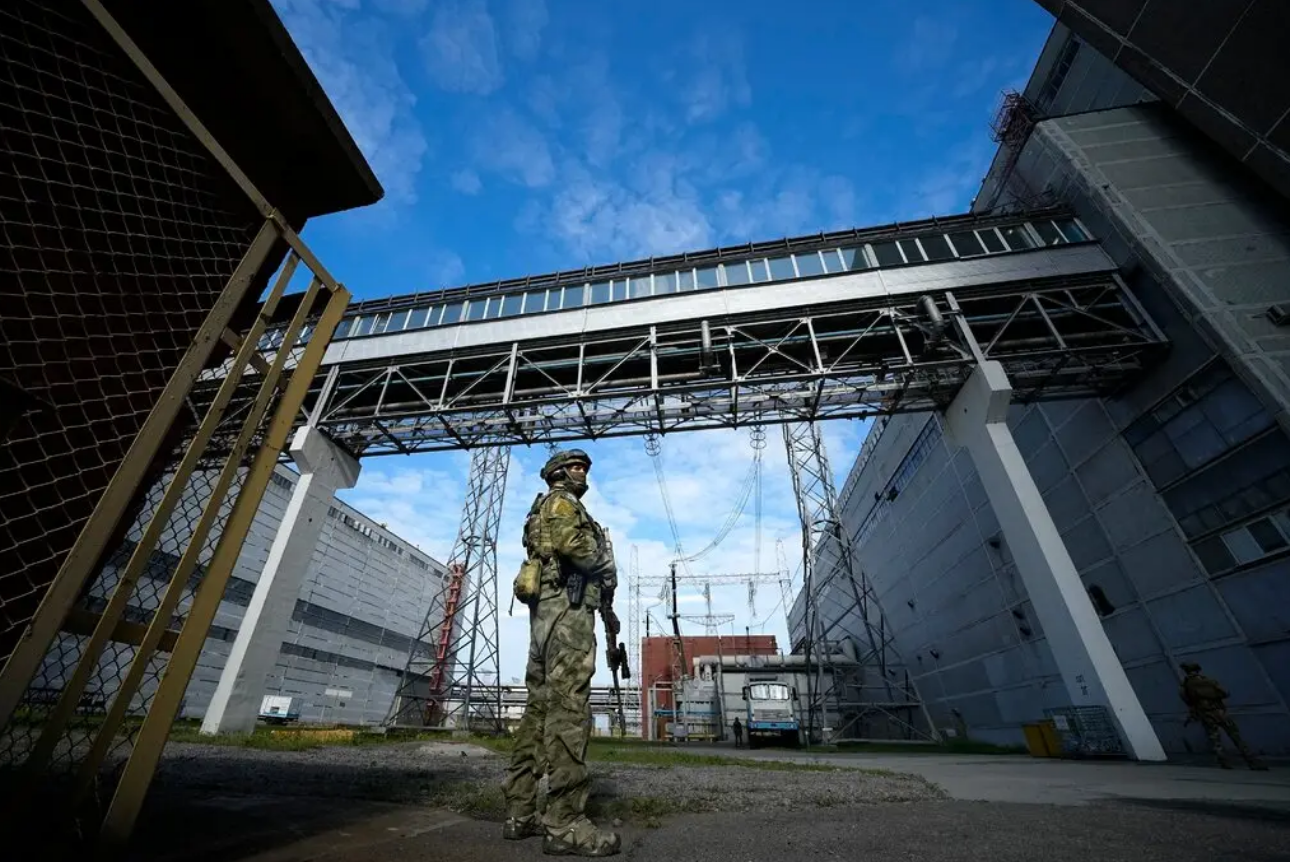
A Russian soldier stands guard outside the Zaporizhzhia nuclear power plant - Europe's largest nuclear power plant with six reactors, May 2022. Photo: NY Times
Reliance on Russian nuclear products – used primarily to power civilian reactors – leaves the US and its allies at risk of shortages if Russian President Vladimir Putin decides to cut off supplies.
This challenge is likely to become more acute as countries seek to promote zero-emissions electricity generation to combat climate change.
“We have to give money to people who build weapons? That’s absurd!” said Henry Sokolski, executive director of the Washington-based Center for Nonproliferation PolicyEducation . “Without a clear rule preventing nuclear energy suppliers from importing fuel from Russia, which is cheap, there’s no reason why they wouldn’t do it.”
The attraction of cheap fuel sources
Russia has sold about $1.7 billion worth of nuclear products to companies in the United States and Europe, AP news agency reported, citing trade data and experts.
The transactions come as the West imposes tough sanctions on Moscow over the conflict in Ukraine in 2022, blocking imports of key Russian goods such as oil, gas, vodka, caviar, etc., but excluding nuclear fuel.
The West is reluctant to target Russia's nuclear exports, because they are vital to keeping reactors running.
According to the US Energy Information Administration (EIA), Russia supplied about 12% of uranium to the US nuclear industry last year, while the figure for Europe was about 17%.

The Leningrad nuclear power plant near St. Petersburg, Russia. Russian state nuclear energy corporation Rosatom dominates the global nuclear supply chain. Photo: Getty Images
Russia’s reliance on nuclear power is expected to increase as countries develop alternatives to fossil fuels. Nuclear power plants are emission-free, but experts warn that nuclear power comes with the risk of reactor meltdowns and the challenge of safely storing radioactive waste.
There are about 60 reactors under construction around the world, while up to 300 more are in the planning stages.
Most of the 30 countries that produce nuclear energy at some 440 plants around the world are importing radioactive material from Rosatom and its subsidiaries.
Rosatom leads the world in uranium enrichment and ranks third in uranium production and fuel fabrication, and is building 33 new reactors in 10 countries, according to the Russian nuclear giant's 2022 annual report.
Together with its subsidiaries, the Russian nuclear giant exported about $2.2 billion worth of goods and materials related to nuclear energy last year, according to trade data analyzed by the London-based Royal United Services Institute (RUSI). The actual figure could be much higher because such exports are difficult to track, RUSI said.
Rosatom CEO Alexei Likhachyov told Russian newspaper Izvestia that the corporation's overseas business will total $200 billion over the next decade.
That lucrative civilian business provides vital funding for Rosatom's other main responsibility: designing and manufacturing Russia's nuclear arsenal, experts say.
Deep Dependence
Nuclear energy advocates say the United States and some European countries will have a hard time cutting back on imports of Russian nuclear products. The U.S. nuclear energy industry, which relies heavily on imported fuel, generates about 20 percent of the country’s electricity.
The value of Russian nuclear fuel and products exported to the United States reached $871 million last year, up from $689 million in 2021 and $610 million in 2020, according to the U.S. Census Bureau.
In terms of volume, US imports of uranium products from Russia nearly doubled from 6.3 tonnes in 2020 to 12.5 tonnes in 2022, according to trade data from ImportGenius.
The reasons for this dependence go back decades. According to experts, the US uranium industry was dealt a heavy blow after a deal designed to boost Russia’s peaceful nuclear program after the collapse of the Soviet Union resulted in the US importing cheap weapons-grade uranium from Russia.
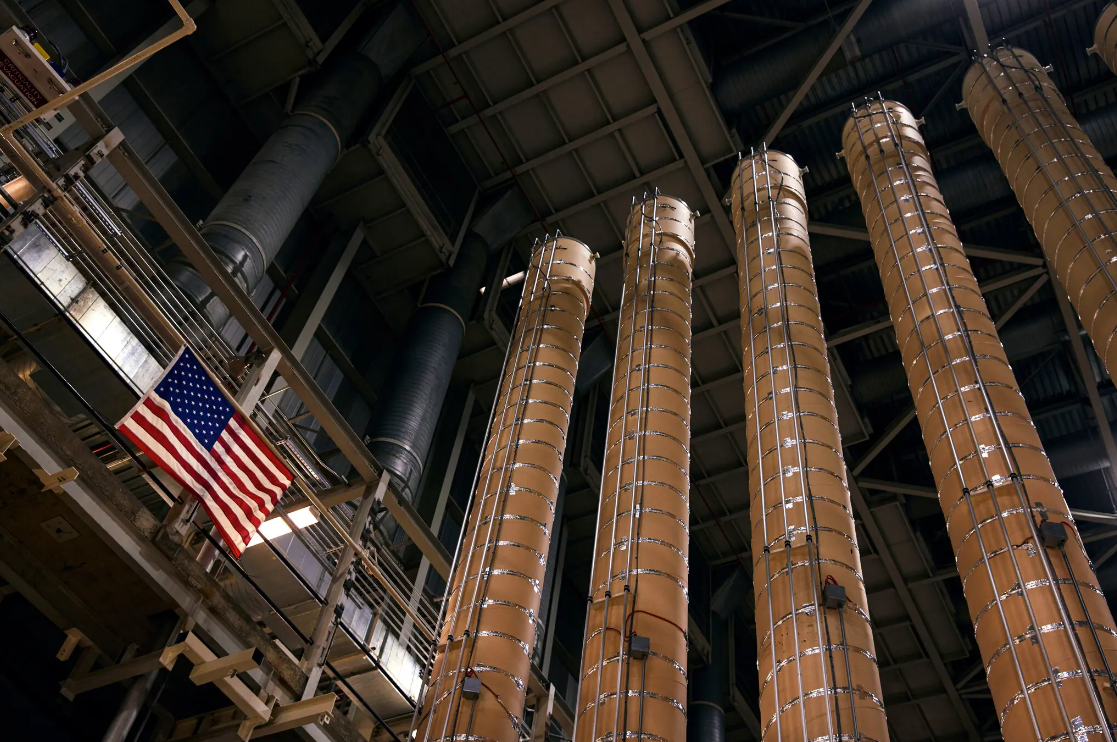
Uranium enrichment centrifuges ready for operation in Ohio, USA. Photo: NY Times
US nuclear plants are expected to buy only about 5% of their uranium from domestic suppliers in 2021 – the last year for which official US production data is available, according to the EIA.
Building a new enriched uranium supply chain would take years, and require significantly more government funding than is currently allocated.
The Biden administration says it is trying to restore uranium mining and nuclear fuel production domestically, and US lawmakers have introduced legislation to speed up the process.
However, US President Joe Biden recently announced the creation of a national monument to preserve the land surrounding Grand Canyon National Park in Arizona to prevent new uranium mining activities in the area.
Senator John Barrasso, a Republican from Wyoming who introduced a bill earlier this year to fund the US nuclear fuel supply chain, criticized the White House's move.
“President Biden is once again helping our enemies by denying Americans access to the resources we need. We are currently importing three times more uranium from Russia than we produce,” Barrasso said on the US Senate website on August 8.
Efforts to diversify supply sources
On the European side, the “old continent” has deeper ties to Moscow because 19 Russian-designed reactors in five European countries are completely dependent on Russian nuclear fuel.
France also has a long history of dependence on enriched uranium from Russia. Greenpeace, in a report published in March, cited the United Nations Comtrade database showing that France’s imports of enriched uranium from Russia increased from 110 tonnes in 2021 to 312 tonnes in 2022.
Europe spent nearly $828 million (nearly 750 million euros) last year on Russian nuclear industry products – including fuel elements, nuclear reactors and machinery, according to Eurostat, the EU's statistics agency.
In addition, several European countries are taking steps to phase out Russian uranium. Sweden refused to buy Russian nuclear fuel at the outset of the conflict in Ukraine.
Finland – which relies on Russian energy for two of its five reactors – has scrapped a troubled deal with Rosatom to build a new nuclear power plant.
Finnish energy company Fortum has also announced a deal with US power company Westinghouse to supply fuel for two reactors after its contract with Rosatom subsidiary Tvel expires in seven years.
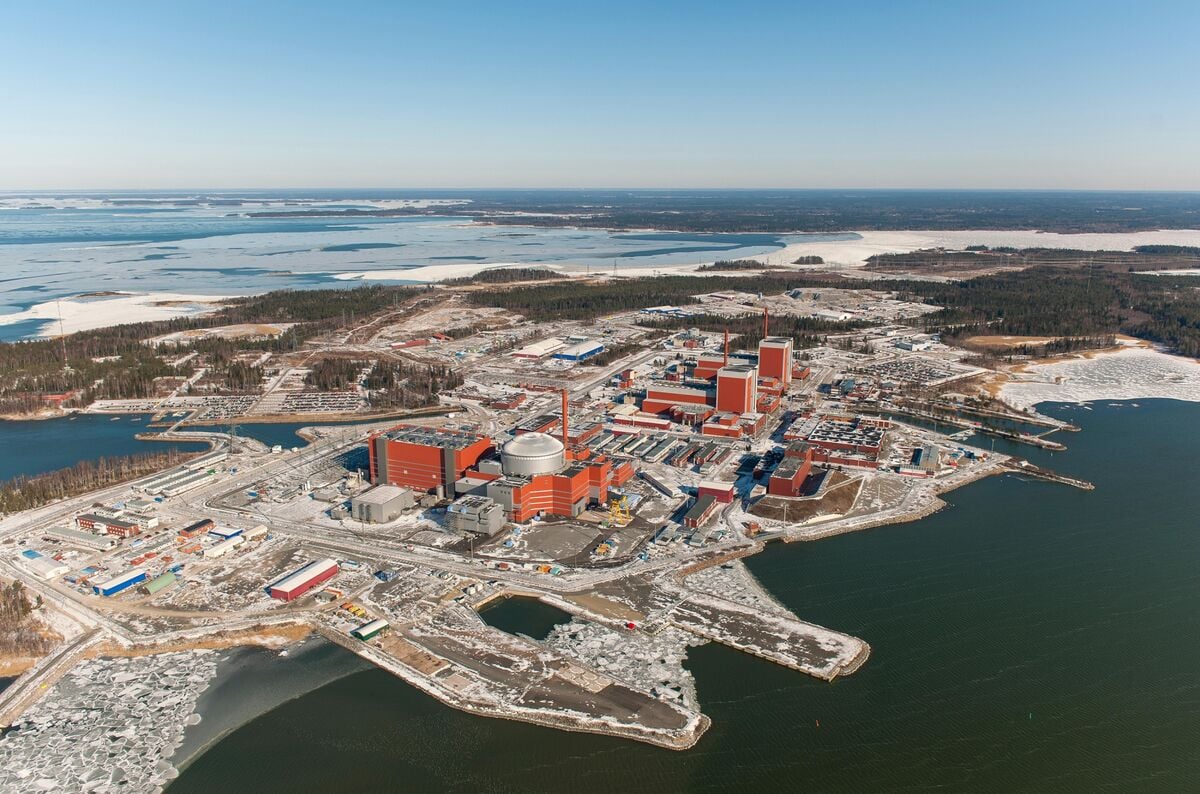
Europe's largest nuclear reactor, Olkiluoto 3 (OL3), begins regular production in Eurajoki, Finland, April 16, 2023. Photo: Bloomberg
The Czech Republic has sought to completely eliminate supplies from Russia and switch to cooperation with the US's Westinghouse and the French company Framatome. The central European country's only nuclear power plant, currently fueled by Tvel, will switch to the new supply in 2024.
Slovakia and Bulgaria, two other countries that depend on Tvel for nuclear fuel supplies, have also switched to other suppliers.
Despite the challenges, experts believe political pressure and questions about Russia's ability to cut off supplies will eventually push much of Europe to abandon Rosatom.
“Based on the obvious prospects (of diversifying fuel supplies), it can be said that Rosatom has lost the European market,” said Vladimir Slivyak, co-chairman of the Russian environmental group Ecodefense.
What remains unclear is how Hungary and France will resolve the issue, Mr Slivyak said. France has not expressed a willingness to give up Russian uranium.
Hungary, the EU country with the friendliest relations with Russia, is completely dependent on Moscow for fuel for its four-reactor nuclear power plant. Budapest plans to expand that plant with two new reactors built by Rosatom with a €10 billion credit line from a Russian bank.
Those reactors will be completely dependent on Russian nuclear fuel for years, if not decades, to come, experts conclude .
Minh Duc (According to AP, NY Times)
Source




![[Photo] Vietnamese and Hungarian leaders attend the opening of the exhibition by photographer Bozoky Dezso](https://vphoto.vietnam.vn/thumb/1200x675/vietnam/resource/IMAGE/2025/5/29/94d8ceca5db14af3bf31285551ae4bb3)


![[Photo] Prime Minister Pham Minh Chinh meets with Hungarian President Sulyok Tamas](https://vphoto.vietnam.vn/thumb/1200x675/vietnam/resource/IMAGE/2025/5/29/dbcaa73e92ea4448a03fe1d0de6d68e8)


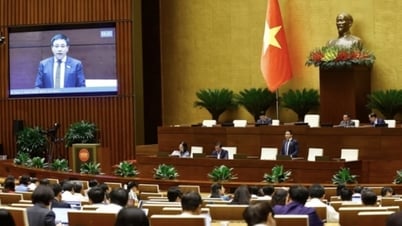

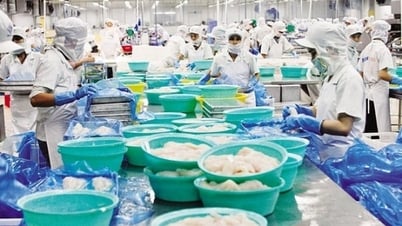












![[Photo] Prime Minister Pham Minh Chinh receives a bipartisan delegation of US House of Representatives](https://vphoto.vietnam.vn/thumb/1200x675/vietnam/resource/IMAGE/2025/5/28/468e61546b664d3f98dc75f6a3c2c880)

































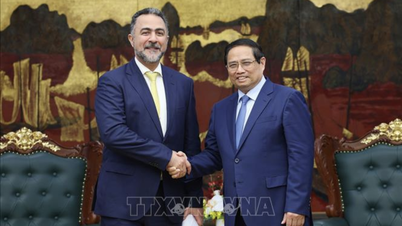


























Comment (0)